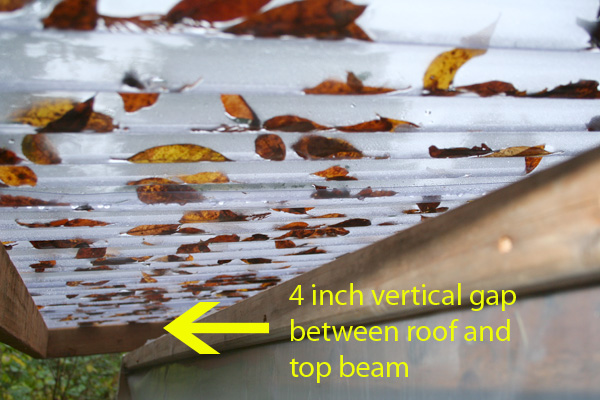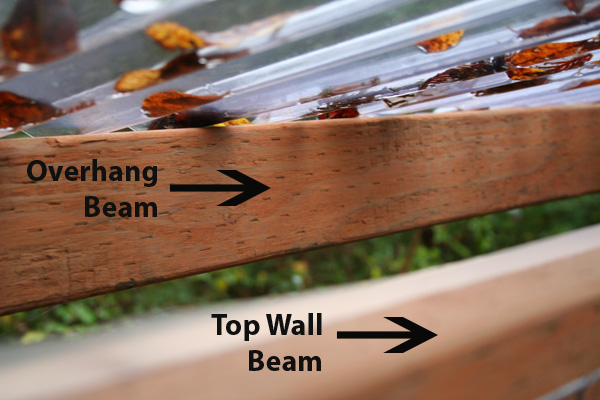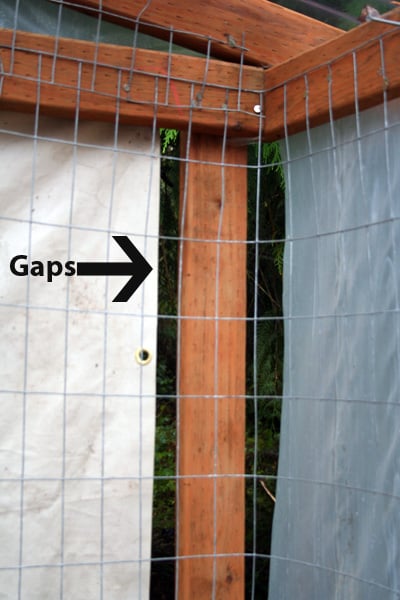Quote:
Two reasons, really: the risk of fire and the risk of a burn if one of the chickens jumps or flies up to perch on the lamp. I tried one of those red heat lamps when I was brooding chicks indoors two years ago and was really amazed at how hot the bulb and lamp got. I switched to a low wattage ceramic bulb (because that was really all I needed indoors anyway), but even then the bulb and lamp got hot enough to worry me. So I built a wire cage to go around it to make sure no chicks could injure themselves.
If the bulb breaks, you'd have broken glass to deal with, too.
If it was me, and I had only standard size chickens, and I wasn't dealing with below freezing weather, I wouldn't risk it. But that's just me...lovely looking coop and run you have there.
Two reasons, really: the risk of fire and the risk of a burn if one of the chickens jumps or flies up to perch on the lamp. I tried one of those red heat lamps when I was brooding chicks indoors two years ago and was really amazed at how hot the bulb and lamp got. I switched to a low wattage ceramic bulb (because that was really all I needed indoors anyway), but even then the bulb and lamp got hot enough to worry me. So I built a wire cage to go around it to make sure no chicks could injure themselves.
If the bulb breaks, you'd have broken glass to deal with, too.
If it was me, and I had only standard size chickens, and I wasn't dealing with below freezing weather, I wouldn't risk it. But that's just me...lovely looking coop and run you have there.








